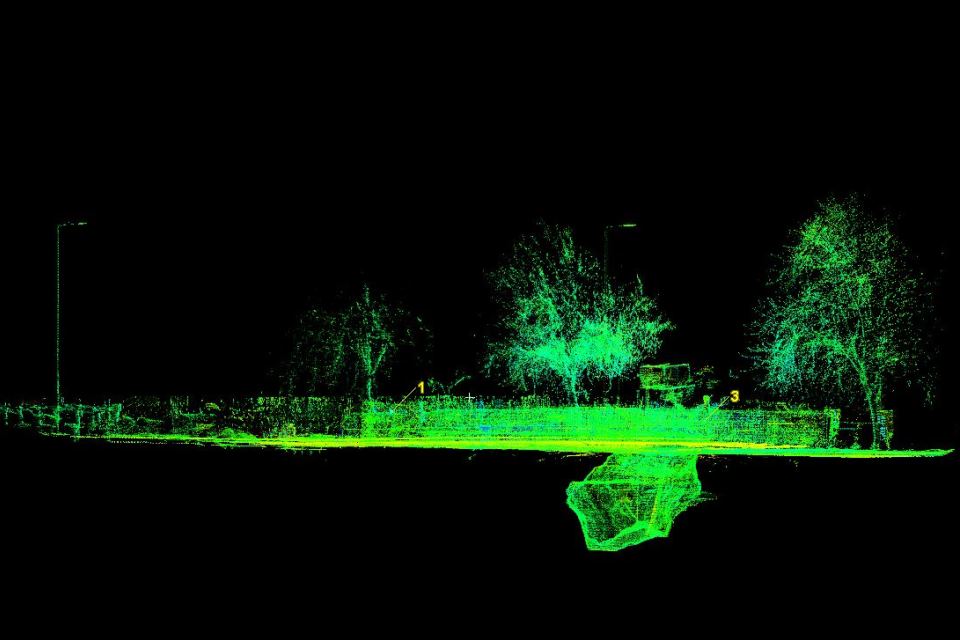Guidance: Heat Networks Investment Project (HNIP) pilot scheme
Updated: The Sheffield District Energy Network project will now not go ahead.
The supported heat network projects provide heat to approximately 5,000 domestic customers and 50 non-domestic buildings. Of the domestic customers on the supported networks, approximately 2,500 will see bill savings against the counterfactual heat source and, of the non-domestic customers, 19 will see savings. A total of 216,324t CO2 will be saved over the next 15 years, across all 9 heat networks. Total heat supplied annually by these networks will be around 85,000 MWh/year.
Find out about more heat networks and other funding available.
The pilot
The Heat Networks Investment Project (HNIP) pilot ran from October 2016 to March 2017. We are building the lessons from the pilot into the main scheme design and delivery approach.
Update: The Sheffield District Energy Network project will now not go ahead. See the project update for further information.
The main scheme
The £320 million HNIP capital investment programme is expected to support up to 200 projects by 2021 through grants and loans and other mechanisms and to lever in up to £2 billion of wider investment, reducing bills, cutting carbon and forming a key part of wider urban regeneration in many locations.
The main funding round will open and start receiving applications in autumn 2018, with first year funding to be allocated by March 2019.
Applications were limited to local authorities and other public sector bodies during the pilot phase. We expect the main scheme will have a wider scope. Eligible sponsors could include the private sector, community groups and not-for-profit groups.

